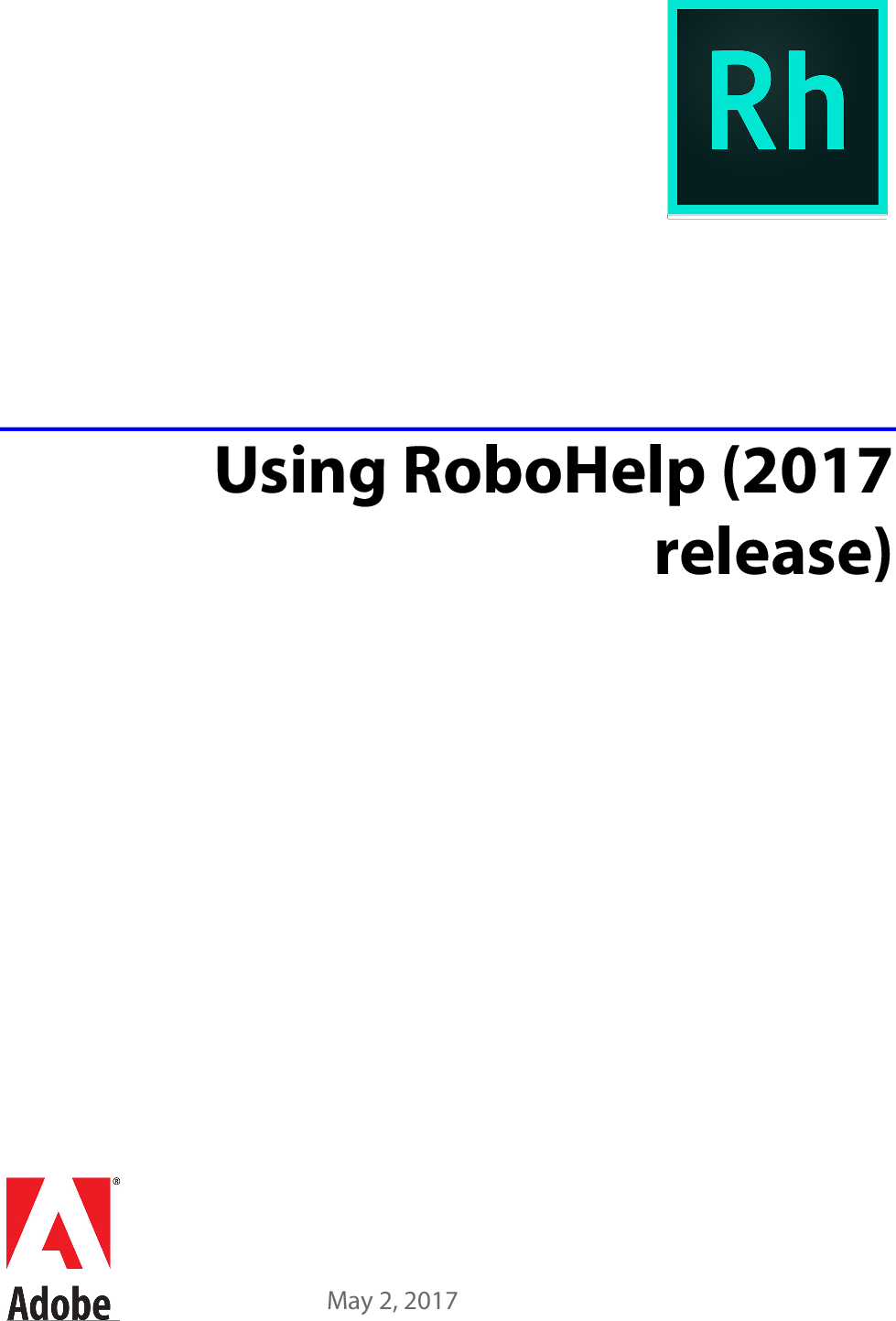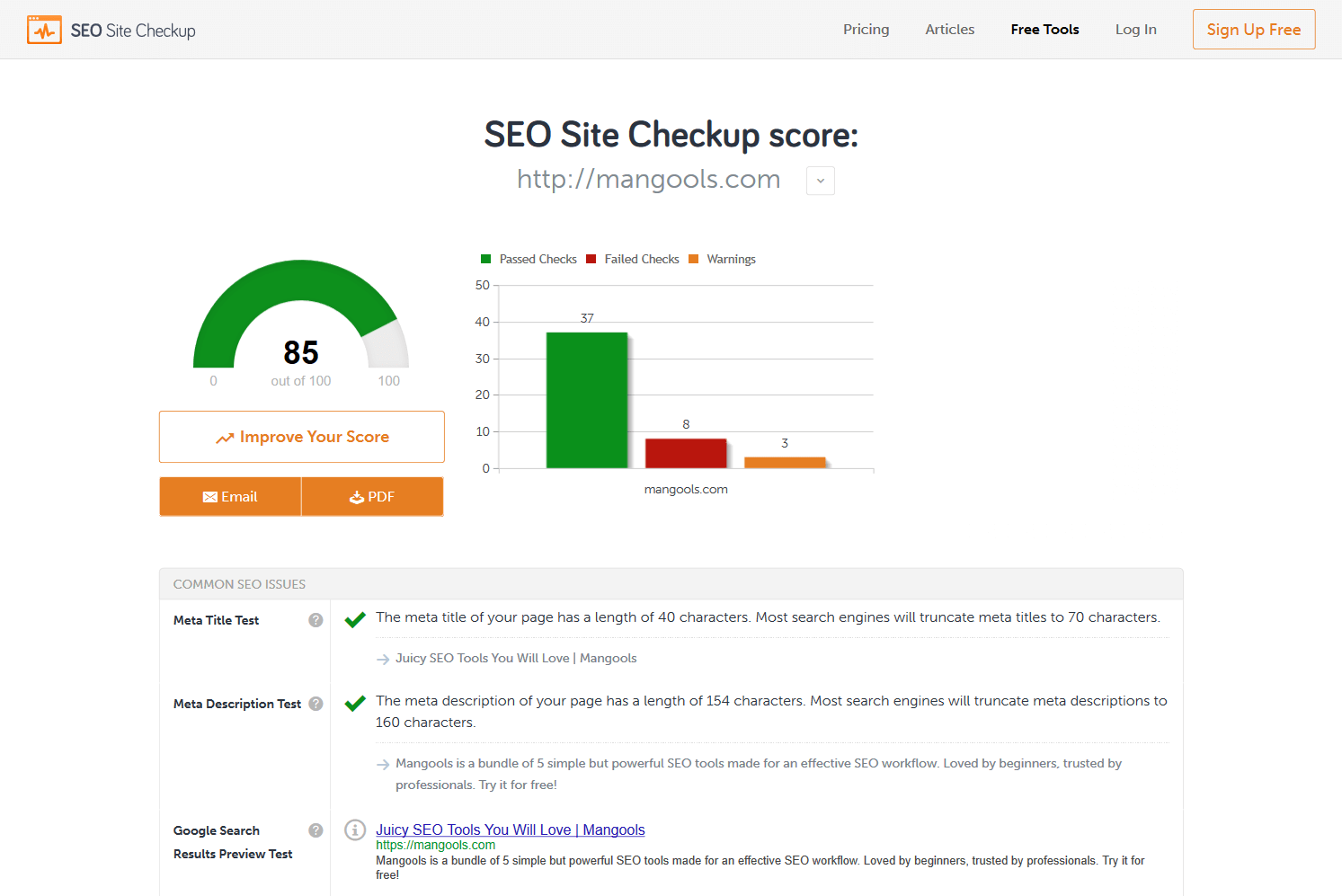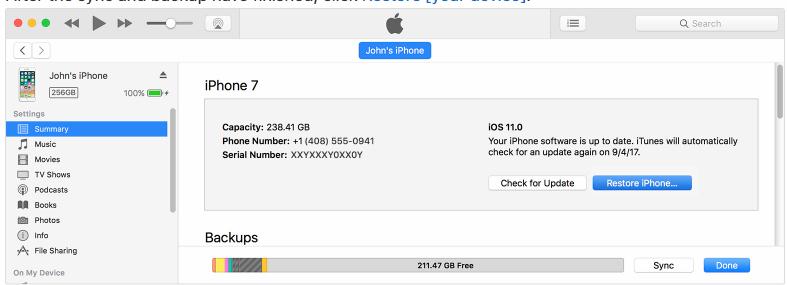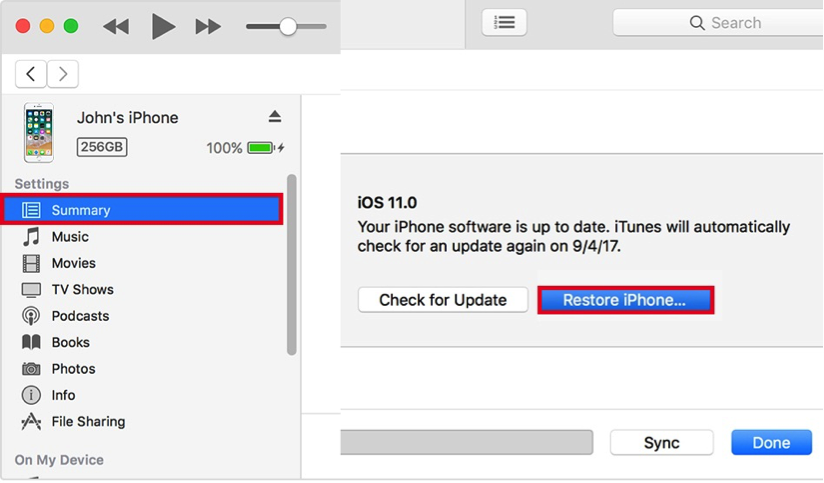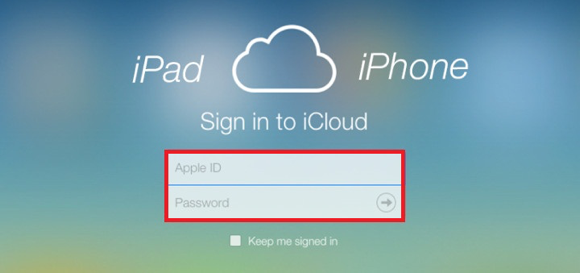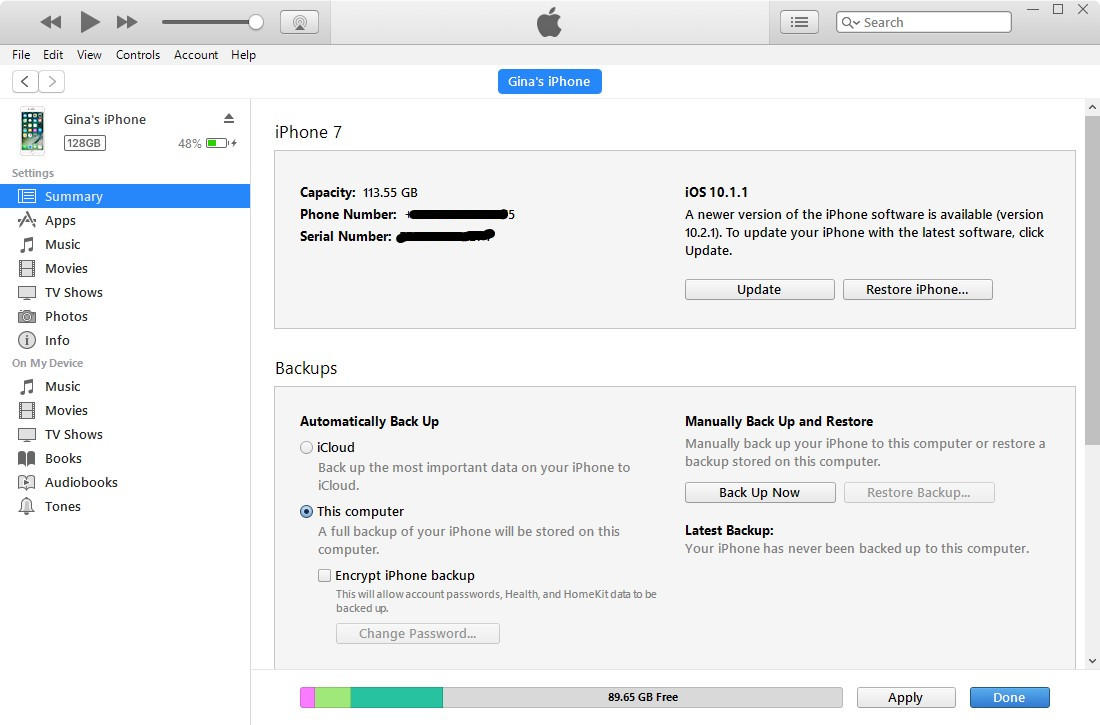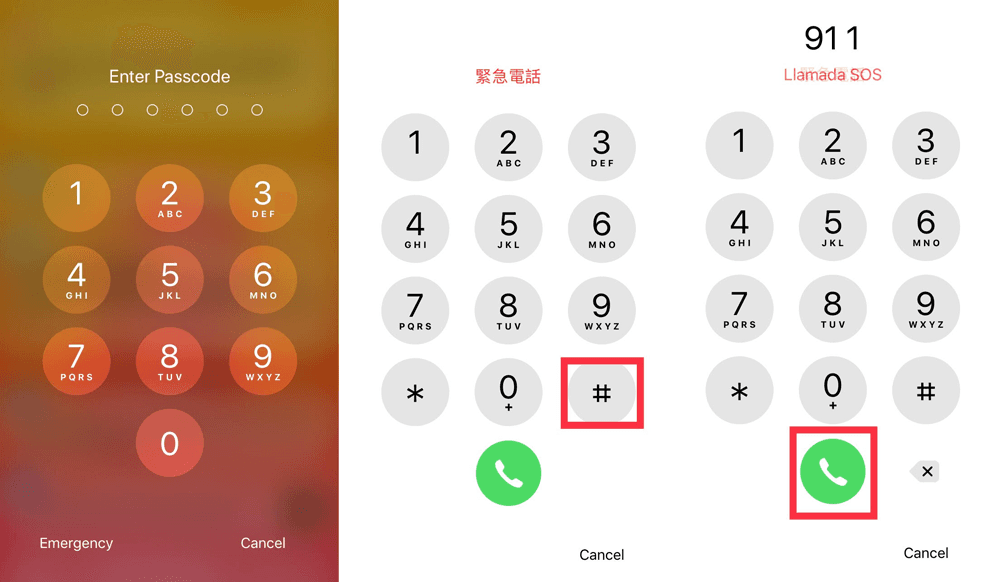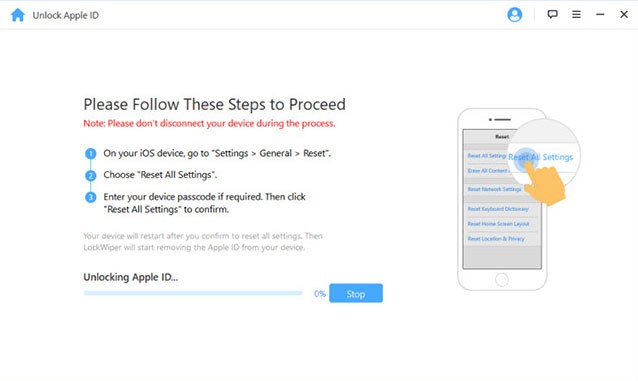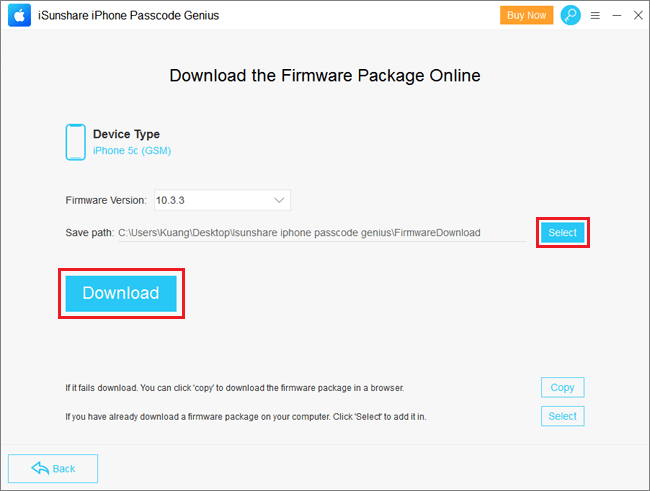In this weblog post, we described Spark SQL DATE and TIMESTAMP types. Since variation 3.0, Spark switched from the hybrid calendar, which mixes Julian and Gregorian calendars, to the Proleptic Gregorian calendar (see SPARK for extra details). This allowed Spark to get rid of many troubles comparable to we demonstrated earlier. For backward compatibility with earlier versions, Spark nonetheless returns timestamps and dates within the hybrid calendar (java.sql.Date and java.sql.Timestamp) from the acquire like actions. To circumvent calendar and time zone decision troubles when applying the Java/Scala's acquire actions, Java eight API may be enabled by way of the SQL config spark.sql.datetime.java8API.enabled.
Try it out as we speak free on Databricks as portion of our Databricks Runtime 7.0. The inner values don't comprise details concerning the unique time zone. Future operations over the parallelized dates and timestamps worth will keep in mind solely Spark SQL periods time zone based on the TIMESTAMP WITH SESSION TIME ZONE kind definition.
Calculating the time big difference between two TIMESTAMP datatypes is far less difficult than the previous DATE datatype. This means no extra worries about what percentage seconds in a day and all these cumbersome calculations. And in this case the calculations for getting the weeks, days, hours, minutes, and seconds turns into a matter of choosing out the wide variety through the use of the SUBSTR perform as could be seen in Listing G. Collect() is totally different from the show() motion described within the past section. Show() makes use of the session time zone when changing timestamps to strings, and collects the resulted strings on the driver.
As the instance demonstrates, Spark takes under consideration the required time zones however adjusts all neighborhood timestamps to the session time zone. The java.time.Instant object could be changed to any neighborhood timestamp later independently from the worldwide JVM time zone. This is certainly one of some great benefits of java.time.Instant over java.sql.Timestamp. The former one requires altering the worldwide JVM setting, which influences different timestamps on the identical JVM. The instance under reveals making timestamps from Scala collections. In the primary example, we assemble a java.sql.Timestamp object from a string.
The valueOf technique interprets the enter strings as a neighborhood timestamp within the default JVM time zone which might be distinct from Spark's session time zone. If you could assemble situations of java.sql.Timestamp or java.sql.Date in exact time zone, we suggest to take a examine java.text.SimpleDateFormat or java.util.Calendar. PostgreSQL is a strong database administration system that lets you carry out varied operations in your data. It has a lot of capabilities and operators to work with date & time columns, in addition to literal strings. Sometimes you'll have to add a certain quantity of minutes, hours & months to your date/time value. In this article, we'll discover ways to add minutes, hours & months to timestamp in PostgreSQL.
Unlike TIMESTAMPTZ, the present session time zone just isn't taken under consideration and for the reason that it solely shops time zone offsets and never locations, it doesn't encode daylight financial savings information. One of the primary issues with the DATE datatype was its' lack of potential to be granular sufficient to find out which occasion may need occurred first in relation to a different event. Oracle has expanded on the DATE datatype and has given us the TIMESTAMP datatype which shops all of the knowledge that the DATE datatype stores, however in addition contains fractional seconds. This is just for the reason that when changing from the DATE datatype that doesn't have the fractional seconds it defaults to zeros and the screen is defaulted to the default timestamp format . If you desired to point out the fractional seconds inside a TIMESTAMP datatype, check out Listing E. In Listing E, we're solely displaying three place holders for the fractional seconds.
Now the conversions don't endure from the calendar-related troubles simply because Java eight varieties and Spark SQL 3.0 are equally structured on the Proleptic Gregorian calendar. The collect() motion doesn't rely upon the default JVM time zone any more. The timestamp conversions don't rely upon time zone at all. Regarding up to now conversion, it makes use of the session time zone from the SQL config spark.sql.session.timeZone. For example, let's have a look at a Dataset with DATE and TIMESTAMP columns, set the default JVM time zone to Europe/Moscow, however the session time zone to America/Los_Angeles. The NOW() date operate returns the present timestamp in UTC .
You can subtract intervals from NOW() to tug occasions that occurred inside the final hour, the final day, the final week, etc. TIMETZ is a kind with time of day and glued time zone offsets. It doesn't rely upon the session time zone for computation, and isn't daylight financial savings aware. As each files varieties are saved employing solely 64-bit integers, it really is very critical observe that neither shop any time zone information. And conversely, any worth on wall clocks can symbolize many various time instants.
The time zone offset makes it possible for us to unambiguously bind a neighborhood timestamp to a time instant. Usually, time zone offsets are outlined as offsets in hours from Greenwich Mean Time or UTC+0 . Such a illustration of time zone details eliminates ambiguity, however it surely is inconvenient for finish users.
Users want to indicate a location across the globe comparable to America/Los_Angeles or Europe/Paris. The results of many date operations features a fraction. These fractions are additionally returned by Oracle built-in SQL features for ordinary operations on DATE data. For example, the built-in MONTHS_BETWEEN SQL perform returns the variety of months between two dates. The fractional portion of the consequence represents that portion of a 31-day month. When a timestamp with time zone worth is output, it can be usually transformed from UTC to the present timezone zone, and displayed as native time in that zone.
To see the time in a further time zone, both change timezone or use the AT TIME ZONE assemble (see Section 9.9.4). If the time zone isn't specified, the default time zone is UTC. This is the datatype that we're all too acquainted with once we expect of representing date and time values. It has the power to keep the month, day, year, century, hours, minutes, and seconds. It is usually good for representing information for when a factor has occurred or need to turn up inside the future. The concern with the DATE datatype is its' granularity when attempting to work out a time interval between two occasions when the occasions turn up inside a second of every other.
How To Add Another Timestamp Column Plus Two Hours This concern is solved later listed here once we talk about the TIMESTAMP datatype. In order to symbolize the date saved in a extra readable format, the TO_CHAR perform has historically been wrapped across the date as in Listing A. Although you can't use a TIMESTAMP column as a partition key, you'll be capable to actually extract the person years, months, days, hours, and the like and partition dependent on these columns. See Partition Key Columns for extra particulars on partitioning with date and time values.
In the next example, timestamp_expression has a time zone offset of +12. The first column exhibits the timestamp_expression in UTC time. The second column exhibits the output of TIMESTAMP_TRUNC applying weeks that begin on Monday. Because the timestamp_expression falls on a Sunday in UTC, TIMESTAMP_TRUNCtruncates it to the previous Monday.
The third column exhibits the identical perform with the non-compulsory Time zone definitionargument 'Pacific/Auckland'. Here the perform truncates thetimestamp_expression making use of New Zealand Daylight Time, the place it falls on a Monday. As we did for dates, let's print the content material of the ts DataFrame making use of the show() action.
In an analogous way, show() converts timestamps to strings however now it takes under consideration the session time zone outlined by the SQL config spark.sql.session.timeZone. When you examine date and timestamp values, Oracle converts the info to the extra exact datatype earlier than doing the comparison. For example, when you examine information of TIMESTAMP WITH TIME ZONE datatype with information of TIMESTAMP datatype, Oracle converts the TIMESTAMP information to TIMESTAMP WITH TIME ZONE, utilizing the session time zone. The time zone is saved as an offset from UTC or as a time zone area name. The information is on the market for present or calculations with no further processing. A TIMESTAMP WITH TIME ZONE column can't be used as a main key.
If an index is created on a TIMESTAMP WITH TIME ZONE column, it turns into a function-based index. In this information body I even have a column which is of timestamp information type. Now I need to add further 2 hours for every row of the timestamp column with no creating any new columns. Thetimestampdatatype permits you to shop equally date and time. It signifies that if you modify the timezone of your database server, the timestamp worth saved within the database cannot change automatically.
What must be realized when doing the calculation is that as soon as you do subtraction between dates, you get a quantity that represents the variety of days. You ought to then multiply that quantity by the variety of seconds in a day earlier than you proceed with calculations to find out the interval with which you're concerned. Check out Listing B for my answer on tips to extract the person time intervals for a subtraction of two dates.
I am conscious that the fractions might be decreased however I desired to point out all of the numbers to emphasise the calculation. I even have cells with a date & time some factor is due and one different cell with the NOW() operate in it , these equally work. When I do B1-A1 it returns a period which counts down, even so it isn't the right time.
I examine that google makes use of a special reference yr and add a +1 on the top which labored for some, however as they catch up with to below 24 hours they then add 31 days on the front. For one which has 17 hours 33 minutes remaining it states 31 days 17 hours 33 minutes remaining. An auto-updated column is immediately up to date to the present timestamp when the worth of every different column within the row is modified from its existing value. An auto-updated column stays unchanged if all different columns are set to their existing values.
To ward off an auto-updated column from updating when different columns change, explicitly set it to its existing value. To replace an auto-updated column even when different columns don't change, explicitly set it to the worth it must have . Now is the present timestamp or date on the session time zone.
Within a single question it forever produces the identical result. TIMESTAMP WITHOUT TIME ZONE, seeing that a worth of this sort can map to a number of bodily time instants, however any worth of TIMESTAMP WITH SESSION TIME ZONE is a concrete bodily time instant. The SQL sort should be emulated through the use of one mounted time zone offset throughout all sessions, for example UTC+0. In that case, we might reflect on timestamps at UTC as neighborhood timestamps.
To resolve these boundary cases, Oracle makes use of the TZR and TZD format elements. TZR represents the time zone area in datetime enter strings. Examples are 'Australia/North', 'UTC', and 'Singapore'. TZD represents an abbreviated kind of the time zone area with Daylight Saving Time information. Examples are 'PST' for US/Pacific commonplace time and 'PDT' for US/Pacific daylight time. To see an inventory of legitimate values for the TZR and TZD format elements, question the TZNAME and TZABBREV columns of the V$TIMEZONE_NAMES dynamic efficiency view.
You can set the default session time zone with the ORA_SDTZ setting variable. When customers retrieve TIMESTAMP WITH LOCAL TIME ZONE data, Oracle returns it within the users' session time zone. The session time zone additionally takes outcome when a TIMESTAMP worth is transformed to the TIMESTAMP WITH TIME ZONE or TIMESTAMP WITH LOCAL TIME ZONE datatype. You can use NUMBER constants in arithmetic operations on date and timestamp values. Oracle internally converts timestamp values up to now values earlier than doing arithmetic operations on them with NUMBER constants. This signifies that details about fractional seconds is misplaced for the duration of operations that embrace each date and timestamp values.
Oracle interprets NUMBER constants in datetime and interval expressions as variety of days. The TIMESTAMP WITH LOCAL TIME ZONE datatype is acceptable when the unique time zone is of no interest, however the relative occasions of occasions are important. Consider the transactions described within the earlier banking example. Suppose the info is recorded employing the TIMESTAMP WITH LOCAL TIME ZONE datatype.
If the database time zone of the financial institution is about to Asia/Hong_Kong, then an worker in Hong Kong who shows the information would see that the deposit was made at 7 p.m. If the identical information is displayed in London, it could present that the deposit was made at eleven a.m. The three-hour distinction is preserved, however the time zone/region of the unique transaction is not. Because of this, the real time of the transaction should be interpreted in another way counting on the time zone/region from which the knowledge is retrieved.
For example, in London, the transactions look like carried out inside enterprise hours, in Hong Kong, they do not. With TIMETZ, the present session time zone appended to TIMETZ if none is specified . However, If a time zone offset is specified for TIMETZ, it'll use that instead.
The time zone offsets use the acquainted ISO8601 standard. Like many others, CRDB recommends utilization of TIMESTAMPTZ as encoding time zone statistics is valuable. However, we propose forever setting the session time zone to UTC. This signifies that point and daylight financial savings behaviours can change between laptop systems when utilizing CRDB if a more moderen model of the IANA database is in your system. This iscurrently tracked for a fix, and is definitely considered considered one of several explanations we propose forever utilizing UTC as your session time zone.
The automated properties solely apply to the primary TIMESTAMP within the record; subsequent TIMESTAMP columns is not going to be changed. By default, we use the time zone out of your net browser set by the working system to show hours and minutes all over the place in our consumer interface. You can change the default time zone that the consumer interface shows by adjusting theDefault Timezonesetting on thePreferencespage. This choice overrides the time zone out of your net browser, and variations how hours and minutes are displayed within the UI. But this can be a private setting, and doesn't change the time zone for any one else in your organization. To calculate the distinction between the timestamps in MySQL, use the TIMESTAMPDIFF function.
The unit argument should be MICROSECOND, SECOND, MINUTE, HOUR, DAY, WEEK, MONTH, QUARTER, or YEAR. To get the distinction in seconds as we now have finished here, select SECOND. To get the distinction in minutes, select MINUTE; for the distinction in hours, select HOUR, etc.
The finish and the beginning arguments are the ending timestamp and the beginning timestamp, respectively . If the explicit_defaults_for_timestampsystem variable is enabled, TIMESTAMP columns allow NULL values provided that declared with the NULL attribute. Also, TIMESTAMP columns don't allow assigning NULL to assign the present timestamp, regardless of whether declared with the NULL or NOT NULL attribute. To assign the present timestamp, set the column to CURRENT_TIMESTAMP or a synonym similar to NOW(). If the explicit_defaults_for_timestampsystem variable is disabled, TIMESTAMP columns by default are NOT NULL, can not include NULL values, and assigning NULL assigns the present timestamp.








